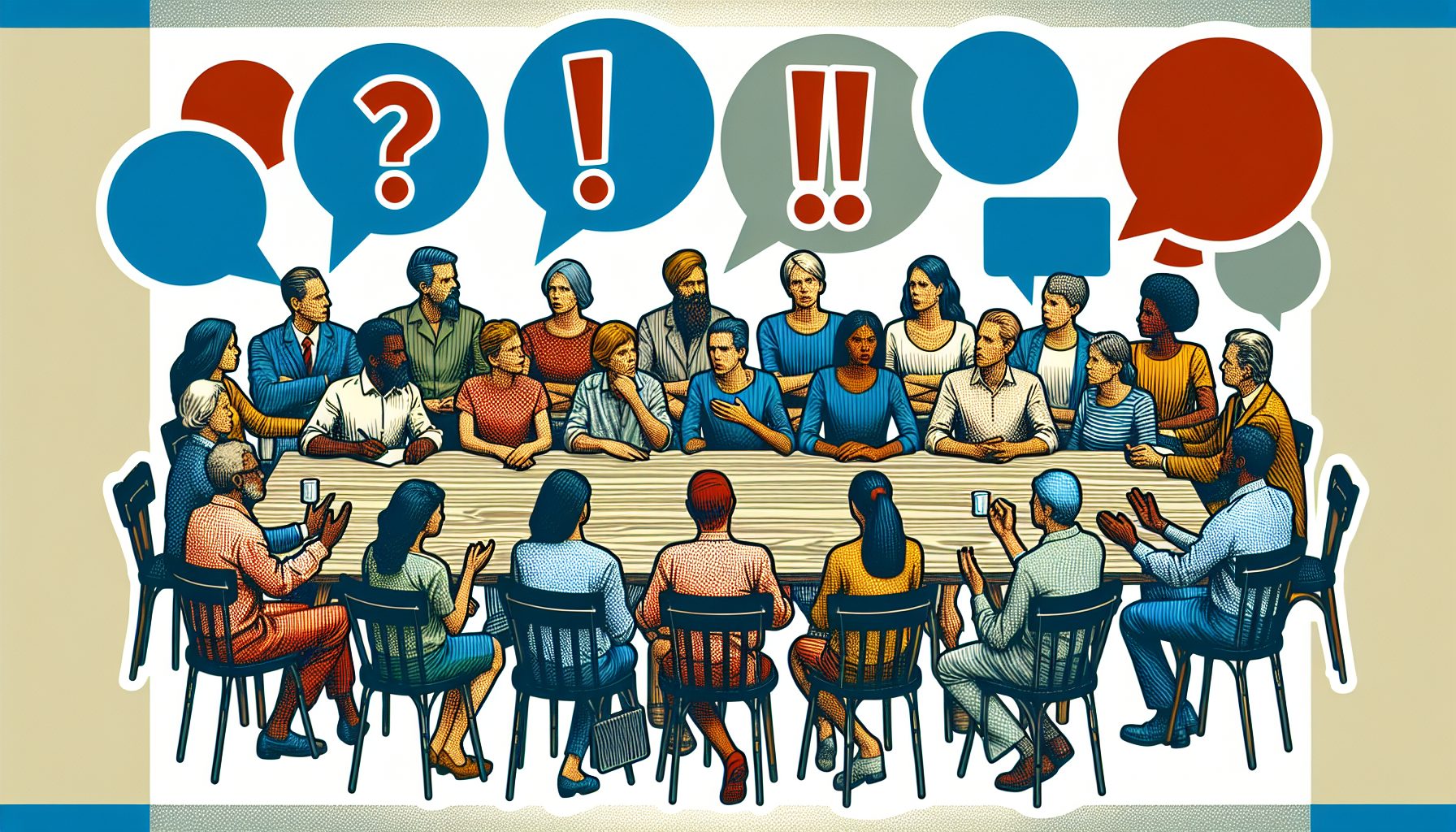![]()
Groove Networks never earned a penny in profits. The eight-year-old startup had a tough time convincing big companies to buy its software. But now that Microsoft owns it, Groove’s application could become a standard part of every new computer installed by businesses around the world.
The company was founded by Ray Ozzie, the cerebral engineer who in the late 1980s led the development of Lotus Notes, a landmark piece of software that helped employees inside an organization work together on documents and tasks.
With Groove, his idea was to create collaborative software that would help people easily work together over the Internet to share documents in secure, private groups. The key: People didn’t need technical expertise or assistance from their information-technology department to get going. Groove’s software, Ozzie says, “just works, no matter where you are.”
For example, say your legal department was negotiating a contract with an overseas supplier. Using Groove’s software, if a participant made a revision, the changes would be automatically updated to the desktops of everyone involved.
Passionate customers of Groove say nothing else fits the bill. “It’s been a lifesaver of a tool,” says Greg Lush, chief information officer of The Linc Group. The Houston-based firm, whose subsidiaries provide facilities maintenance services to industrial customers, was formed in late 2001 from three Enron business units after the energy company declared bankruptcy.
Lush and his team used Groove’s software to manage the consolidation of the units’ 1,600 employees, in 109 offices, onto a single set of information systems. “We had multiple e-mail systems and multiple networks. It was a nightmare,” he says. “Groove was the only tool that let us cross those barriers.”
Since it shipped its first product in 2001, Groove claims that more than 20,000 companies, government agencies and other organizations have purchased the software. The company would not disclose the number of people actively using the software, but, according to Ozzie, it’s in the millions.
Then, earlier this year, Groove decided it wouldn’t go it alone anymore: In March, Microsoft bought it for $120 million in cash. As of April 8, Ozzie and 190 of Groove’s 200 employees started working for Bill Gates. Microsoft, which piped $51 million into Groove in 2001, says it will continue selling Groove’s Virtual Office software for the time being. The company also says it plans to weave Groove’s technology into the Office suite of business- productivity desktop and server software.
What drove the deal? For one thing, Microsoft probably realized “they’d never get their money back unless they bought Groove,” says John Parkinson, chief technologist for the Americas region of Capgemini, a consulting firm that uses Groove. (Ozzie says his company was “not too far away from profitability.”)
For Groove, Microsoft’s unparalleled reach—its software sits on millions of desktop computers worldwide—could solve the smaller company’s major shortcoming: its lack of broad distribution. “The biggest problem with Groove is that somebody on the other end needs to have Groove, too,” says Glen H. Johnson, director of the U.S. State Department’s office of verification operations. At times, he says, the agency’s partners couldn’t easily get Groove Virtual Office approved for use on their networks because of the long testing procedures some required.
But some customers worry that Microsoft will ruin a good thing by treating Groove as peripheral to its Windows and Office franchises. “I think a lot of Groove users are nervous about what might happen, that the value of the product will be diluted a bit,” says Jeff Tucker, assistant vice president of information systems at Marlborough Savings Bank in Massachusetts.
Ozzie thinks such concerns are baseless. “I have no reason to believe—none—that Microsoft didn’t buy us to invest in the growth of what we’ve done, as opposed to changing it to something radically different,” he says.
To him, Microsoft’s takeover ensures his baby will live on, and could let it achieve the widespread adoption Groove was unable to muster by itself. “We weren’t on a path to achieving ubiquity,” he says. “But Microsoft Office is ubiquitous.”
Groove was held back, Ozzie asserts, because it was a small fish in a huge pond. While the company regularly sold software to small groups in big corporations, Groove won only a few multimillion-dollar deals. “It’s very difficult for a small, independent vendor to make headway in today’s buying environment,” he says. “Corporate I.T. buys from the big incumbents—Microsoft, IBM, Oracle.”
Now that he’s sold out to one of the biggest software behemoths in the world, Ozzie may never bang his head against that wall again.
|
Financials
Total funding: $155M
Major investors: Accel Partners, Intel Capital, Microsoft
Annual revenue (est.): $20.8M in 2004
Sales growth: 40%, 2003 to 2004
Acquisition price: $120M in cash
Key customers
Government: U.S. Dept. of Defense, U.S. Dept. of Homeland Security
Manufacturing: Steelcase, Tyco Healthcare Group
Milestones
1997: Founded by Ray Ozzie
2000: Raises $41M in third-round funding
2001: Ships first software
2001: Receives $51M in funding from Microsoft
2003: Closes $38M in funding
2004: Releases Virtual Office 3.0
2005: Bought by Microsoft
Sources: Groove Networks, Bloomberg News, Experian








